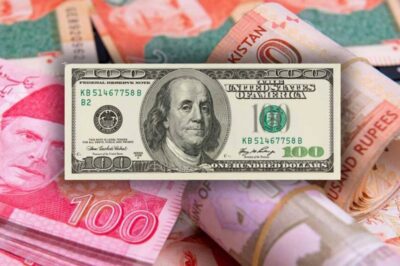
Introduction:
As we journey through the annals of history, we often stumble upon pivotal moments that have shaped the world we live in today. One such momentous event is the partition of the Indian subcontinent in 1947, which led to the birth of two nations, India and Pakistan. Amidst the chaos of partition, economic factors played a crucial role in defining the trajectories of these newborn nations. In this blog post, we delve into the significance of the exchange rate between the US dollar and the Pakistani rupee (PKR) in 1947, shedding light on its implications and historical context.
The Birth of Pakistan:
On August 14, 1947, Pakistan emerged as an independent nation, carving out a separate identity for millions of Muslims who sought refuge from religious persecution and dreamed of self-determination. The partition, however, was not without its challenges. Alongside the political and social upheaval, economic stability emerged as a pressing concern for the fledgling nation.
The Value of a Dollar:
Amidst the tumultuous backdrop of partition, the exchange rate between currencies assumed paramount importance. The value of the US dollar relative to the Pakistani rupee became a barometer of economic stability and confidence. In 1947, as Pakistan embarked on its journey as a sovereign state, the exchange rate between the US dollar and the Pakistani rupee stood as a testament to the economic realities of the time.
The Significance of 1 US Dollar to PKR in 1947:
During the formative years of Pakistan’s independence, the exchange rate between the US dollar and the Pakistani rupee was approximately 1 USD to 3.30 PKR. This modest exchange rate reflected the economic challenges faced by the nascent nation. The value of the Pakistani rupee was closely tied to the economic policies and fiscal decisions undertaken by the newly formed government.
Implications and Challenges:
The exchange rate of 1 US dollar to PKR in 1947 had profound implications for Pakistan’s economy. A weaker Pakistani rupee vis-à-vis the US dollar posed challenges for trade, investment, and economic development. The government grappled with the task of stabilizing the currency while fostering growth and development.
Historical Context:
To understand the significance of the exchange rate in 1947, it is essential to contextualize it within the broader historical narrative. The aftermath of partition left Pakistan grappling with a myriad of challenges, including refugee influx, territorial disputes, and economic instability. The exchange rate served as a reflection of these challenges, symbolizing the economic landscape of the time.
Legacy and Reflection:
As we reflect on the exchange rate of 1 US dollar to PKR in 1947, we are reminded of the resilience and determination of a nation forging its path amidst adversity. The economic challenges of the past have shaped Pakistan’s trajectory, imbuing it with a sense of perseverance and fortitude as it navigates the complexities of the modern world.
Conclusion:
In the tapestry of history, the exchange rate of 1 US dollar to PKR in 1947 holds a significant place, serving as a poignant reminder of Pakistan’s journey towards economic independence. As we delve into the intricacies of this exchange rate, we gain a deeper understanding of the challenges and triumphs that have defined Pakistan’s economic landscape. Ultimately, it is through a nuanced understanding of history that we can glean insights into the present and chart a course for the future.









